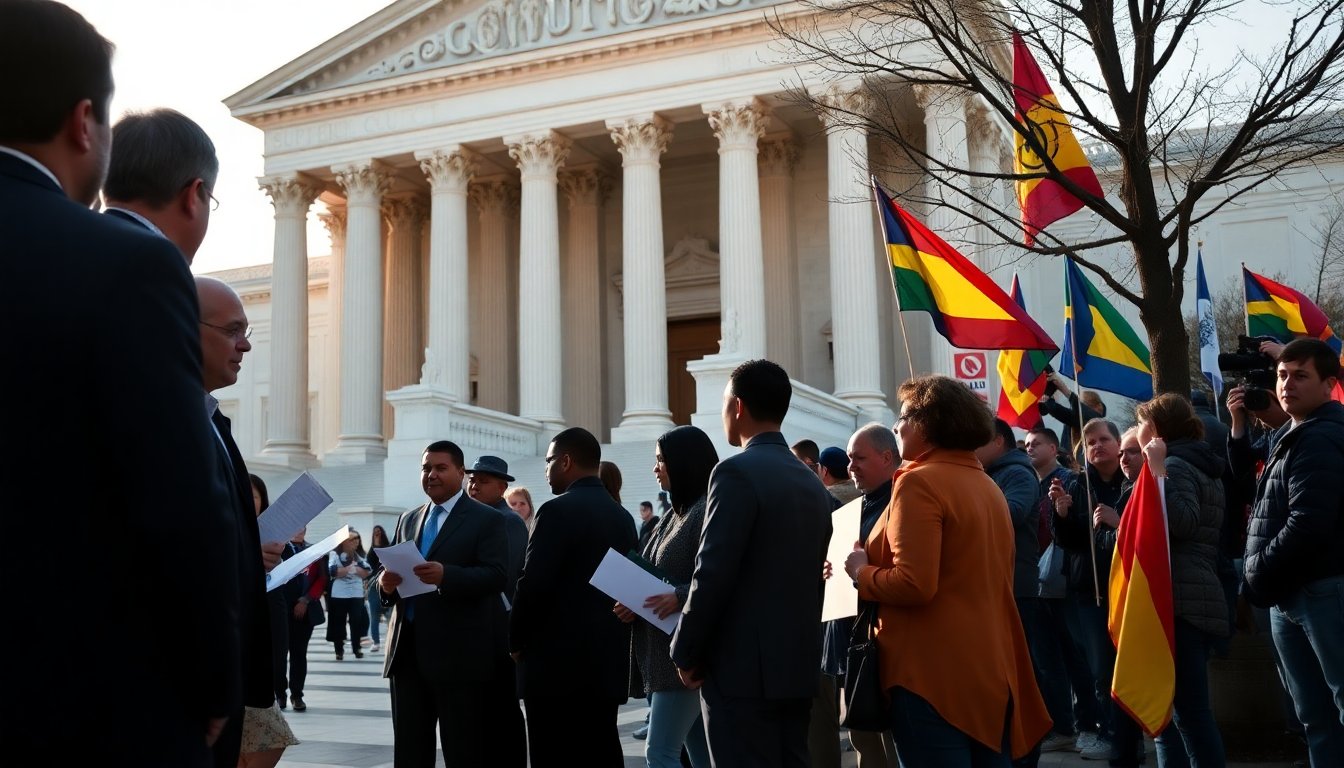Table of Contents
In a significant development, the Supreme Court has agreed to examine a case that could redefine how a migrant is considered to have ‘arrived’ in the United States. This discussion is crucial, as it directly impacts the rights of individuals seeking asylum in the country. As the case progresses, it raises important questions about balancing national security with humanitarian responsibilities.
Understanding the implications of the case
This Supreme Court case is more than a legal procedure; it has the potential to reshape the legal framework for many migrants. The central issue revolves around the interpretation of the term ‘arrival’. Historically, this definition has been vital in asylum law, determining when an individual is eligible for protection under U.S. immigration laws. A restrictive interpretation could limit access for many fleeing persecution.
Legal perspectives on ‘arrival’
The legal definition of ‘arrival’ goes beyond mere terminology. It addresses the treatment of migrants as they reach U.S. soil. Should the Court adopt a restrictive interpretation, it may establish a precedent that hinders individuals fleeing violence or oppression from seeking asylum. This concern is amplified in a time characterized by global crises, which force many to abandon their homes.
The context of asylum law
Asylum laws in the United States are based on international treaties and domestic statutes designed to protect individuals fleeing persecution. The Immigration and Nationality Act establishes these protections, though the interpretation of its provisions often varies with different administrations and judicial views. Consequently, the forthcoming decision could significantly impact both applicants and the broader legal framework.
Broader impacts on migrants and policy
The implications of this case extend beyond the courtroom. A change in the definition of ‘arrival’ could lead to significant shifts in immigration policy and enforcement practices. For example, it may affect how border agents process asylum claims and influence public sentiment towards immigration. The potential for increased restrictions raises concerns among human rights advocates, who argue that such measures undermine the United States’ commitment to providing refuge.
Looking ahead: the role of public opinion
As the Supreme Court prepares to hear a pivotal case, public opinion will significantly shape the discourse surrounding asylum rights. Advocacy groups and legal experts are mobilizing to raise awareness about the potential consequences of a restrictive ruling. Discussions about asylum seekers often emphasize the human element—stories of individuals and families fleeing life-threatening circumstances.
It is essential to recognize that legal definitions and rulings are not just abstract concepts; they represent real lives and decisions that can drastically alter the fate of those involved. The upcoming decision is, therefore, not solely about legal interpretation but also about reaffirming or challenging the United States’ identity as a safe haven for the persecuted.
The Supreme Court’s review of the definition of ‘arrival’ may significantly affect asylum rights in the United States. As legal arguments progress, attention will focus on how the justices address the intricate relationship between law, ethics, and the U.S.’s longstanding commitment to offering refuge to those seeking safety.


